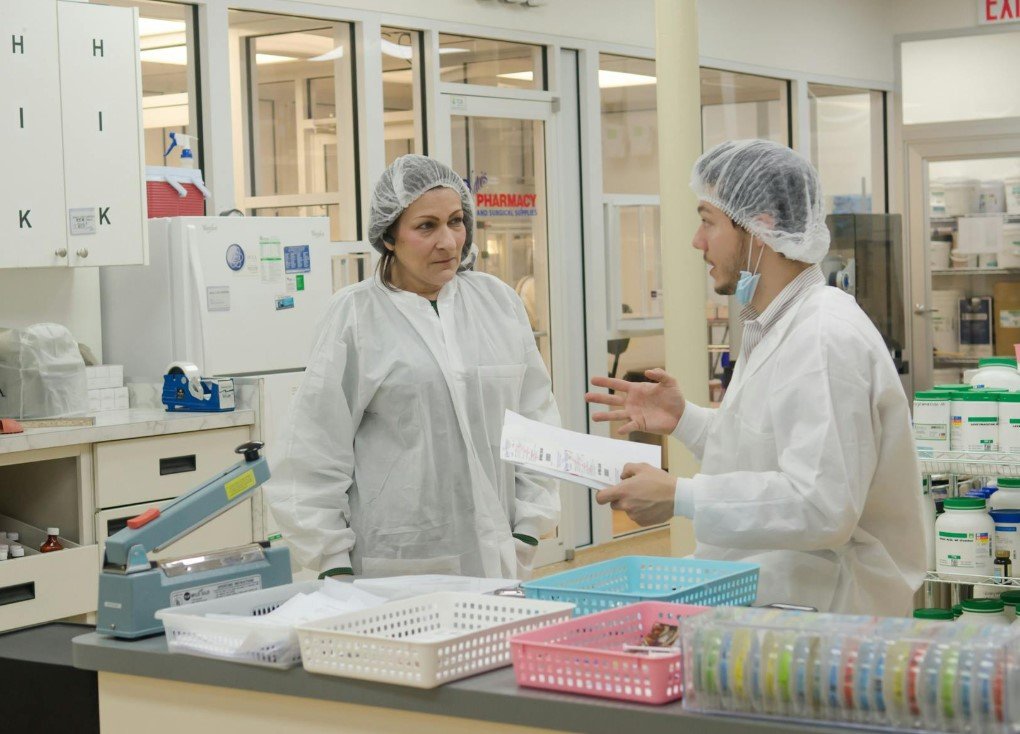The University of Oregon’s School of Journalism and Communication (SOJC) has introduced a Science Communication minor aimed at bridging the gap between scientific research and the general public. This interdisciplinary program is designed to equip students with the skills needed to effectively communicate complex scientific concepts to diverse audiences. By combining theoretical knowledge with practical experience, the minor prepares students to tackle some of the most pressing issues of our time, such as climate change, public health, and misinformation.

Building a Bridge Between Science and Society
The Science Communication minor at UO SOJC is open to students from all majors, reflecting the program’s interdisciplinary nature. The curriculum includes three required courses and three electives, allowing students to tailor their studies to their interests. Courses such as Science Communication and Decision Making, Environmental Communication Strategies, and Science in Popular Media provide a comprehensive foundation in both the theory and practice of science communication.
One of the key strengths of the program is its focus on hands-on learning. Students engage in projects that require them to communicate scientific findings to non-expert audiences, using various media formats. This practical approach helps students develop the skills needed to make science accessible and engaging. By participating in these projects, students learn to think critically about how science is communicated and the impact it has on public understanding.
The program also emphasizes the importance of interdisciplinary collaboration. Students from different academic backgrounds bring their unique perspectives to the classroom, fostering rich discussions and innovative approaches to science communication. This collaborative environment prepares students to work effectively in diverse teams, a crucial skill in today’s interconnected world.
Addressing Misinformation and Public Engagement
One of the primary goals of the Science Communication minor is to address the growing issue of misinformation. In an era where false information can spread rapidly, it is essential to equip future communicators with the tools to combat misinformation and promote accurate scientific knowledge. The program teaches students to approach misinformation with curiosity and critical thinking, enabling them to identify and correct false narratives.
Students in the program also learn about the various factors that influence public engagement with science. By understanding the psychological, social, and cultural dimensions of science communication, students can develop strategies to effectively reach and engage different audiences. This knowledge is particularly important in addressing controversial topics, where public opinion can be deeply divided.
The minor also encourages students to explore the role of science in society. Through courses and projects, students examine how scientific knowledge is produced, disseminated, and used in decision-making processes. This holistic approach helps students appreciate the broader context of science communication and its implications for policy and practice.
Inspiring Future Science Communicators
The Science Communication minor at UO SOJC aims to inspire the next generation of science communicators. By providing a supportive and dynamic learning environment, the program helps students discover their passion for science communication and develop the skills needed to pursue careers in this field. Graduates of the program are well-equipped to work in various roles, including science journalism, public relations, and education.
The program’s success is reflected in the diverse career paths of its alumni. Many graduates have gone on to work for leading media organizations, research institutions, and non-profit organizations, where they use their skills to promote scientific literacy and public engagement. The program’s emphasis on practical experience and interdisciplinary collaboration ensures that graduates are prepared to meet the challenges of a rapidly changing media landscape.
In conclusion, the Science Communication minor at the University of Oregon’s School of Journalism and Communication is a vital initiative that connects science with people. By equipping students with the skills to effectively communicate scientific concepts, the program plays a crucial role in promoting public understanding and engagement with science. As the world faces increasingly complex challenges, the need for skilled science communicators has never been greater.
















